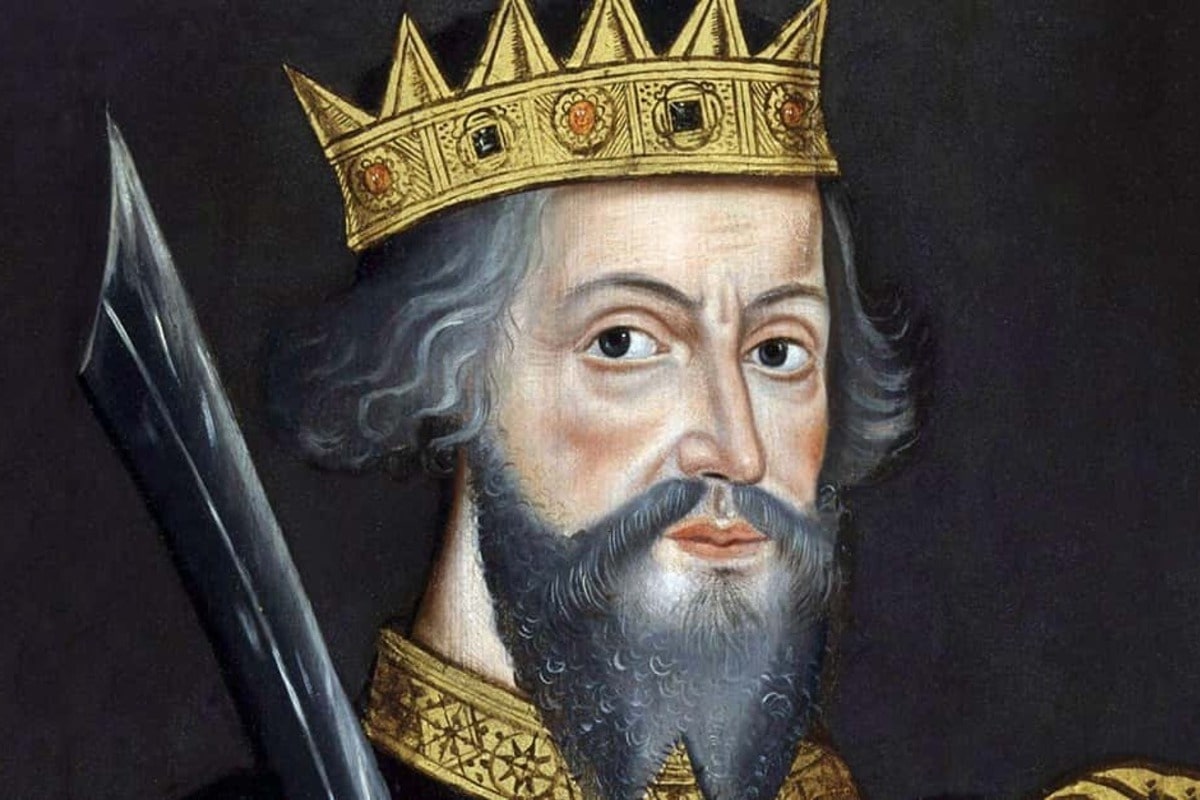William the Conqueror was one of the most influential figures in medieval European history, leaving a lasting impact on the political, social and cultural life of England. His life was filled with dramatic events, military triumphs, strategic decisions and a determined quest for power. By winning the Battle of Hastings in 1066, William not only claimed the English crown but also initiated a new era in the history of the British Isles. Many legends surround his name, but there are numerous lesser-known and fascinating facts that reveal the full scope of his legacy. Below is a collection of interesting and educational facts about William the Conqueror that you may not have known.
- William was born in 1028 in the Norman town of Falaise and was nicknamed the Bastard due to being the illegitimate son of Duke Robert I and the daughter of a tanner named Herleva. Despite his birth status, he inherited the title of Duke of Normandy at the age of eight following his father’s death. His early reign was marked by instability, conspiracies and assassination attempts. Over time, he consolidated his power and turned Normandy into a powerful duchy.
- William became the first King of England whose native language was French rather than Anglo-Saxon. After the conquest, he introduced many Norman elements into the culture and administration of England. French became the language of the royal court, legal system and aristocracy. This influence remained strong for many centuries.
- His invasion of England in 1066 stemmed from a succession crisis following the death of King Edward the Confessor. William claimed that Edward had promised him the throne and that Harold Godwinson had broken a sacred oath. To bolster his claim, William secured the blessing of the Pope. This gave his campaign a religious legitimacy.
- The Battle of Hastings, fought on 14 October 1066, was a turning point in English history. William defeated Harold’s army, and Harold was killed in the battle, clearing the path to the throne. William was crowned King of England on 25 December 1066 at Westminster Abbey. This marked the beginning of the Norman era in England.
- After taking the throne, William initiated a vast redistribution of land, confiscating estates from the Anglo-Saxon nobility and granting them to his Norman followers. This caused profound social changes and reinforced the feudal system. A powerful Norman aristocracy loyal to the king was established. This allowed William to centralize royal authority.
- In 1086, William ordered the compilation of the famous Domesday Book, the first comprehensive land and property survey in English history. It included detailed records of landholdings, incomes and resources throughout the kingdom. Its main purpose was to organize a reliable tax system and improve administrative control. The document remains a unique source of information about 11th-century England.
- William was not only a military leader but also a shrewd administrator. While he was in England, he left the governance of Normandy to his wife Matilda, who managed it effectively. He frequently traveled between England and Normandy to maintain control over both realms. This made his reign complex but highly effective.
- Although known as the Conqueror, William did not rely solely on force. He used diplomacy to win the support of some Anglo-Saxon elites. He retained certain local leaders in office to ensure stability in key regions. This strategy helped avoid unnecessary bloodshed in parts of the country.
- In his personal life, William was known as a faithful husband and caring father. His marriage to Matilda of Flanders was considered strong, and their children later held prominent positions in England, Normandy and the church. William adhered to Christian values in family life. This was relatively uncommon among rulers of that era.
- William died in 1087 after suffering injuries from a fall during a military campaign in France. His burial was marred by mishaps, including a fire and the fact that his body did not fit properly into the tomb, leading to damage. He was buried at the Abbey of Saint Stephen in Caen, which he had founded. Although damaged in later conflicts, his tomb has survived to this day.
- After William’s death, his territories were divided among his sons, leading to internal conflict. William II inherited England, while Robert Curthose received Normandy. This division weakened the unity of the Anglo-Norman realm. Nevertheless, the foundations of royal governance laid by William endured for many years.
- William the Conqueror’s name became a symbol of strength, resolve and historical transformation. His conquest was the last successful foreign invasion of England. No other foreign ruler has since taken the English throne through open battle. This makes his legacy unique in European history.
These amazing facts about William the Conqueror reveal a complex and powerful figure who reshaped the course of English history. His decisions influenced not only politics but also language, culture, law and administration. His legacy continues to be studied and admired by historians around the world. Through his life story, we gain insight into the development of medieval monarchies and the foundations of modern Europe.





